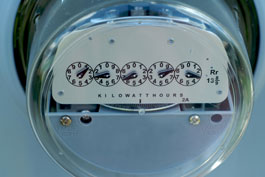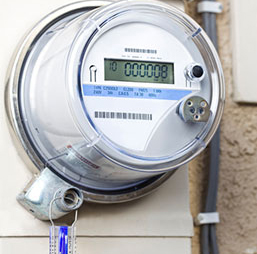Electricity is measured in Watts and kilowatts
Electricity is measured in units of power called Watts, named to honor James Watt, the inventor of the steam engine. A Watt is the unit of electrical power equal to one ampere under the pressure of one volt.
One Watt is a small amount of power. Some devices require only a few Watts to operate, and other devices require larger amounts. The power consumption of small devices is usually measured in Watts, and the power consumption of larger devices is measured in kilowatts (kW), or 1,000 Watts.
Electricity generation capacity is often measured in multiples of kilowatts, such as megawatts (MW) and gigawatts (GW). One MW is 1,000 kW (or 1,000,000 Watts), and one GW is 1,000 MW (or 1,000,000,000 Watts).
Electricity use over time is measured in Watthours
A Watthour (Wh) is equal to the energy of one Watt steadily supplied to, or taken from, an electric circuit for one hour. The amount of electricity that a power plant generates or an electric utility customer uses is typically measured in kilowatthours (kWh). One kWh is one kilowatt generated or consumed for one hour. For example, if you use a 40-Watt (0.04 kW) light bulb for five hours, you have used 200 Wh, or 0.2 kWh, of electrical energy.
Utility companies measure and monitor electricity use with meters
Electric utilities measure the electricity consumption of their customers with meters that are usually located on the outside of the customer's property where the power line enters the property. In the past, all electricity meters were mechanical devices that a utility employee had to read manually. Eventually, automated reader devices became available. These meters periodically report electricity use to utilities from mechanical meters with an electronic signal. Now, many utilities use electronic smart meters, which provide wireless access to the meter's power usage data, to measure electricity consumption in real-time. Some smart meters can even measure the electricity use of individual devices and allow the utility or customer to control electricity use remotely.
Last updated: November 29, 2022


